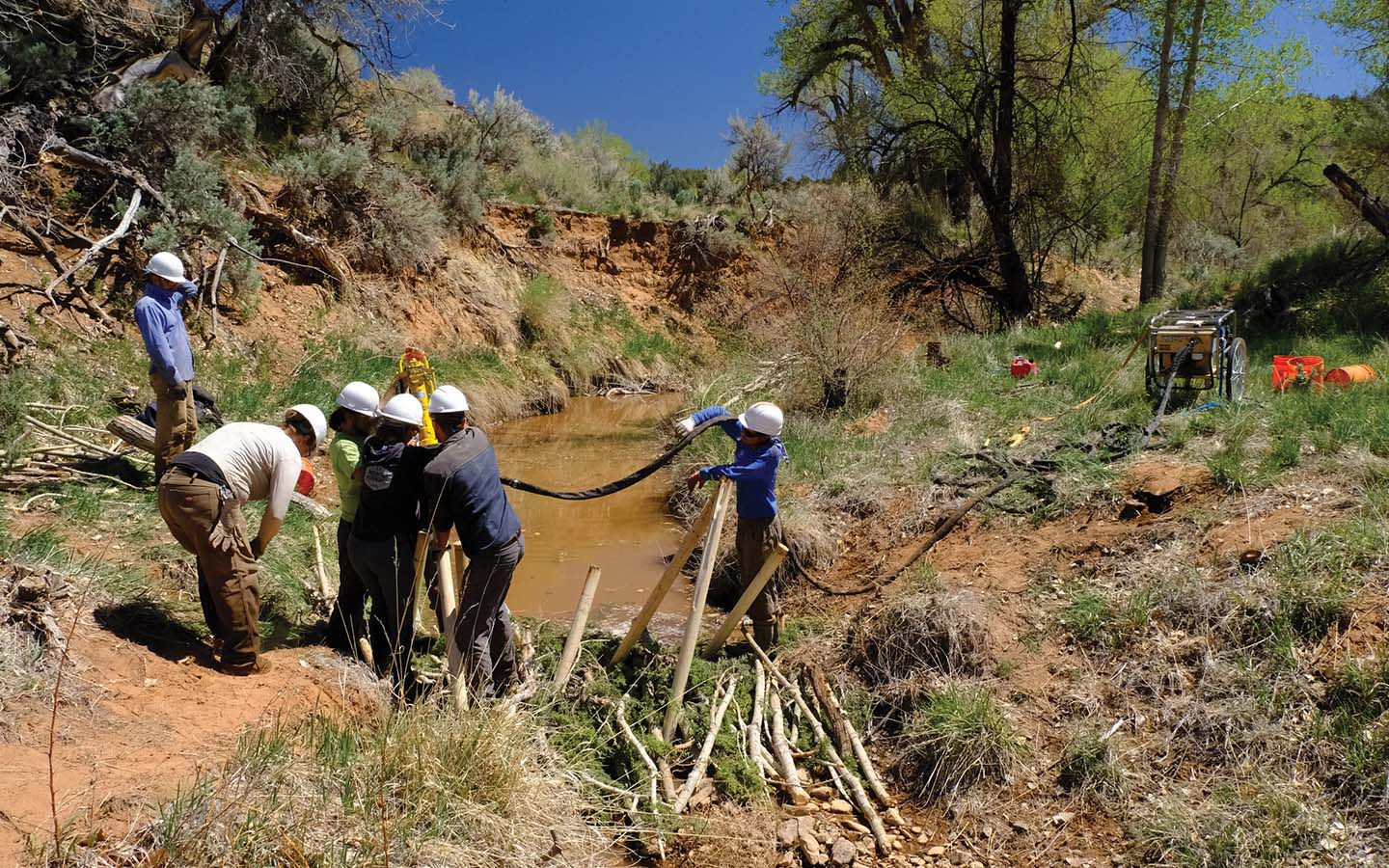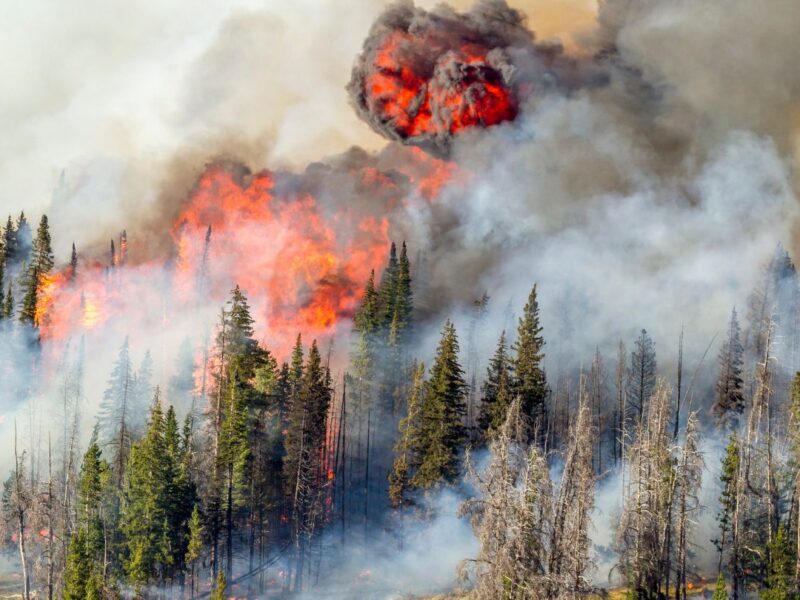This issue of On Land takes a look into the rise of landowner-led, collaborative conservation. Pioneered by ranchers from the U.S.-Mexico border to Montana’s Blackfoot Valley, it is a movement born of necessity. The West is a stage set for conflict with its intermingled federal, state, tribal and private lands, multiple use mandates, shared water resources and dizzying array of stakeholders. Further, there is growing recognition that meeting challenges such as water shortages, noxious weeds, forest health, wildlife management and climate adaptation requires landscape-scale coordination. At ground zero in all of this are the people closest to the land, which explains why home-grown efforts to find common ground are emerging throughout the West.
Cooperation and collaboration are fundamental to human survival and civil society. When this capacity diminishes at higher political levels, locally led collaboration is both a necessary and perhaps even an instinctual response. At the most basic level, what it means is that neighbors and stakeholders are sitting down together to work things out because no one else is going to do it for them — not elected officials, not public agencies. It’s about being the grown-ups in the room.
The positivity of collaborative conservation is compelling, particularly against the backdrop of conflict from which it emerges. Bill McDonald, an Arizona rancher who won a MacArthur genius award for his leadership in collaborative conservation, once said, “We had gotten pretty good at knowing what we were against. It was time to figure out what we were for.”
Bill was one of the founders of the Malpai Borderlands Group, one of the early and most notable landowner-led collaborative conservation organizations in the West. He was also a founding board member of the Western Landowners Alliance. He is in good company with many other renowned western leaders, such as Jim Stone, founder of the Blackfoot Challenge, who have inspired and guided this grassroots movement.
Neighbors and stakeholders are sitting down together to work things out because no one else is going to do it for them—not elected officials, not public agencies. It’s about being the grown-ups in the room.
Lesli Allison
Over the past several decades, hundreds of local, landowner-supported initiatives have picked up the torch to help light the way across the West’s conflict-ridden landscapes. Their successes illustrate in real life that we can restore our watersheds, make more effective use of rainfall, reduce consumption and share water in times of drought. We can do a better job of conserving and managing wildlife. We can do a better job of producing food in ways that protect the environment and support human health. We can do a better job of getting along and finding real solutions. These aren’t soft efforts to collaborate for the sake of collaboration — and it’s important not to dilute and diminish the movement in that way — these are purposeful and courageous efforts by knowledgeable and vested people to meet real challenges.
The road is rocky, however, impeded by endless litigation, frustrated by siloed and crippled public agencies and made erratic by the wild swings of partisan politics. Finding funding and capacity for this
patient work, particularly for community-based organizations, remains a profound challenge. In the meantime, the temperature is rising in almost every respect. Rural and agricultural communities feel under attack. Environmentalists feel the fate of the planet hangs in the balance. People are angry, and there is a sense among many that we are all sitting atop a growing powder keg.
Holding the center is hard. When the frustration builds it’s hard not to want to fall in with one side or the other. Bill coined the term “radical center” because in an increasingly polarized society, the center is often the most radical place to be. It can also be the most rewarding. This is where some of the most fruitful thought and dialogue is taking place. It is where deep friendships are being built across differences and solutions are emerging.
Locally led collaborative conservation offers a way forward. In fact, it probably offers the only way forward. The question is whether or not it can be supported and spread in time.





